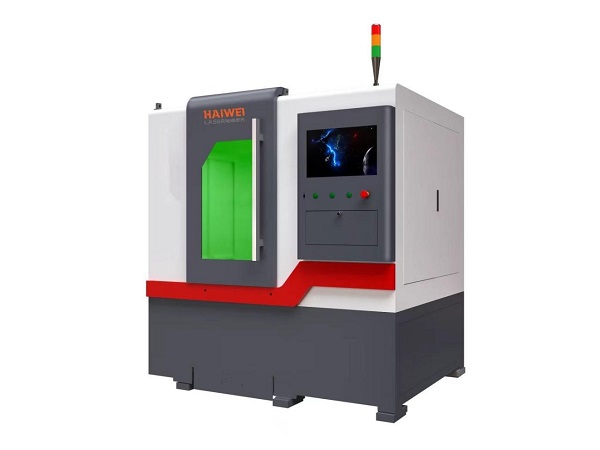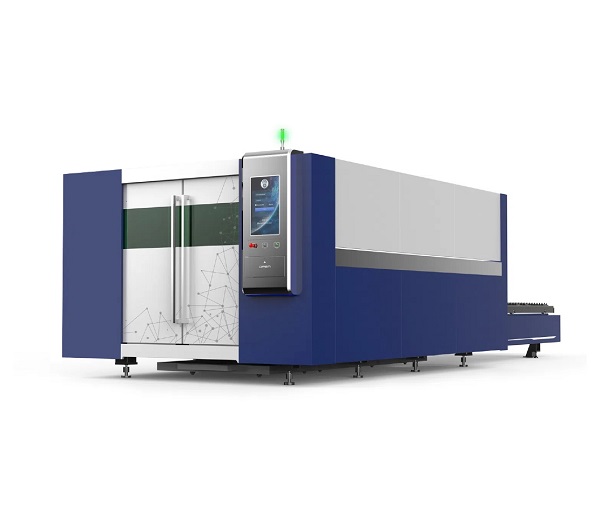Laser cutting machine: real-time monitoring and control of heat affected areas
The heat affected zone of laser cutting machines has always been a key issue of concern. After all, if the heat affected area is too large, the performance and cutting accuracy of the material will be affected. So, many people are curious whether laser cutting machines can monitor and control the heat affected area in real-time during the cutting process? Next, we will provide professional answers for everyone.

Implementation method of real-time monitoring
Infrared temperature measurement technology: Laser cutting machines can use infrared temperature sensors to monitor the temperature of the cutting area in real time. The principle of infrared temperature measurement is to calculate the surface temperature of an object by receiving the infrared radiation emitted from its surface. During the cutting process, the temperature changes in the heat affected area will be significant, and infrared temperature sensors can quickly capture these changes and provide temperature data feedback to the control system. For example, when cutting metal sheets, sensors can accurately monitor the temperature rise near the cutting edge, allowing us to understand the approximate range and temperature distribution of the heat affected area.
Optical imaging monitoring: With the help of high-speed cameras and image processing technology, laser cutting machines can also achieve real-time monitoring of heat affected areas. High speed cameras can quickly capture images during the cutting process, and through image processing algorithms, analyze changes in material color, brightness, etc. in the images to determine the boundaries and size of the heat affected area. For example, when cutting plastic materials, the heat affected area may undergo color changes due to temperature changes. Through this optical imaging monitoring method, the dynamic changes in the heat affected area can be clearly seen.

Methods for controlling heat affected areas
Adjusting cutting parameters: This is the most direct and effective way to control the heat affected area. For example, reducing the laser power can decrease the amount of heat input into the material per unit time, thereby reducing the heat affected area. At the same time, increasing the cutting speed allows the material to be cut in a short period of time, reducing the heating time and also narrowing the heat affected area. When cutting thin sheet materials, appropriately reducing power and increasing speed can effectively control the heat affected area and ensure cutting quality.
Auxiliary gas control: Suitable auxiliary gases can not only help blow away the slag generated during cutting, but also have a cooling effect on the heat affected area. Using high-pressure air or nitrogen as auxiliary gas, during the cutting process, the gas blows through the cutting area at high speed, taking away a large amount of heat and reducing the temperature of the heat affected area, effectively controlling the size of the heat affected area. When cutting stainless steel materials, nitrogen assistance can significantly improve the condition of the heat affected zone.
Laser cutting machine can monitor and control the heat affected area in real-time during the cutting process. By adopting appropriate monitoring techniques and control methods, we can effectively reduce the heat affected area, improve cutting quality, and meet the high-precision and high-quality requirements of different industries for laser cutting. In practical operation, people can flexibly use these methods according to specific materials and cutting needs to make the laser cutting machine perform better.
Recent Posts
- What are the advantages of laser welding machines in lithium battery pack production lines?
- What issues should be noted when choosing a lithium battery pack production line?
- Quality Inspection and Control of Lithium Battery Module Pack Production Line
- Cell grouping and sorting process in lithium battery module pack production line
- What are the safety hazards of lithium battery pack production lines and how can they be prevented?
INQUIRY

